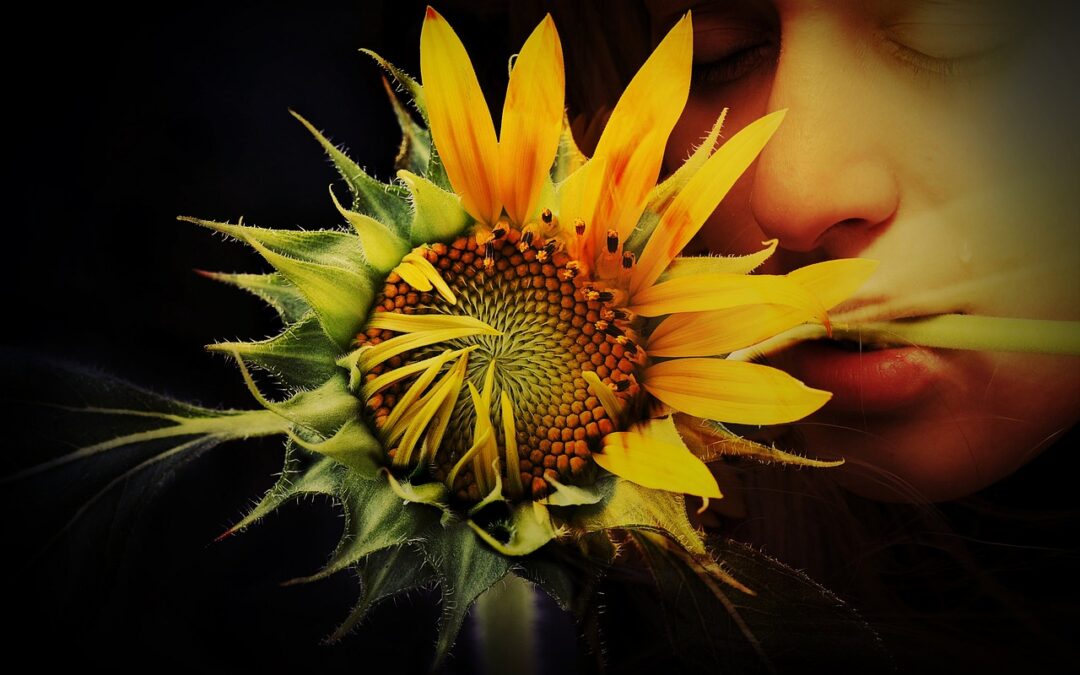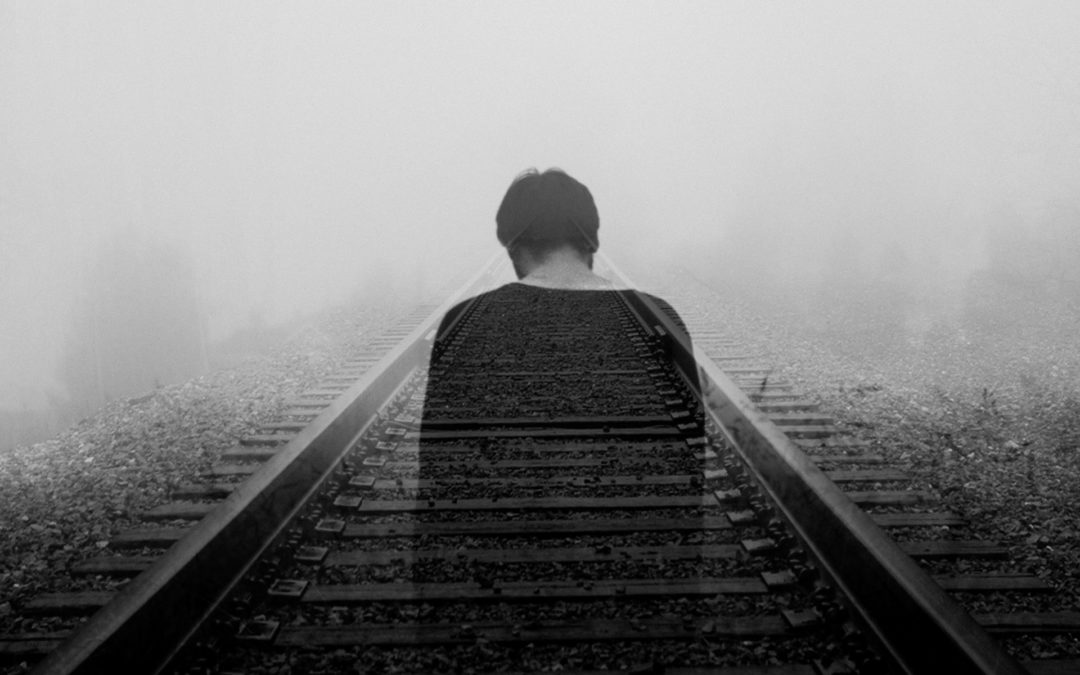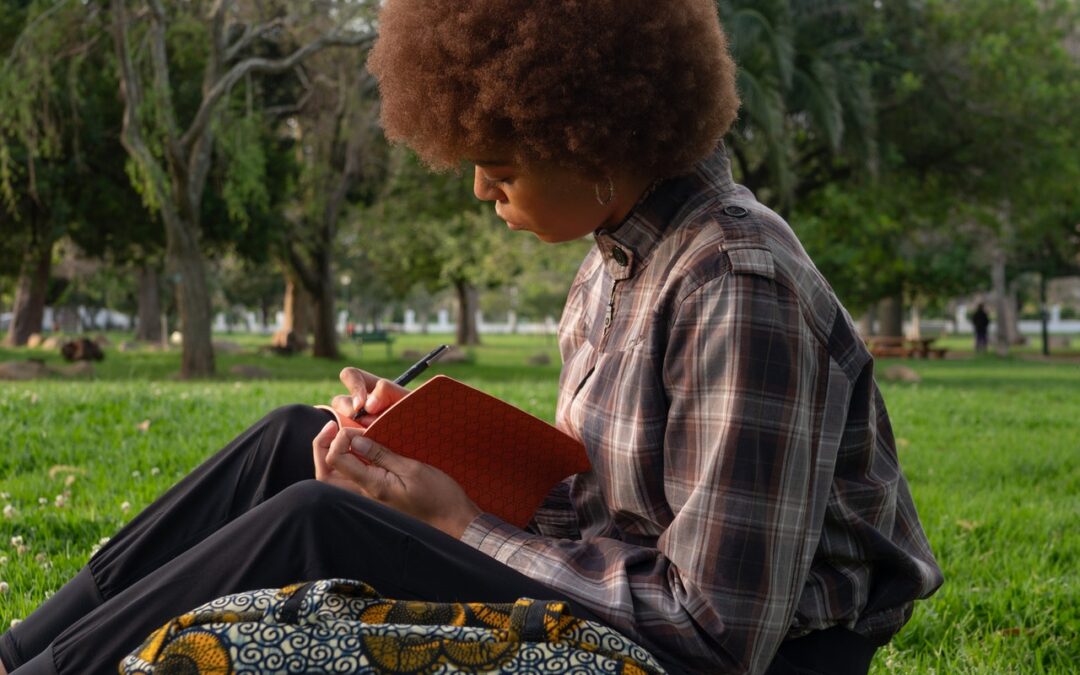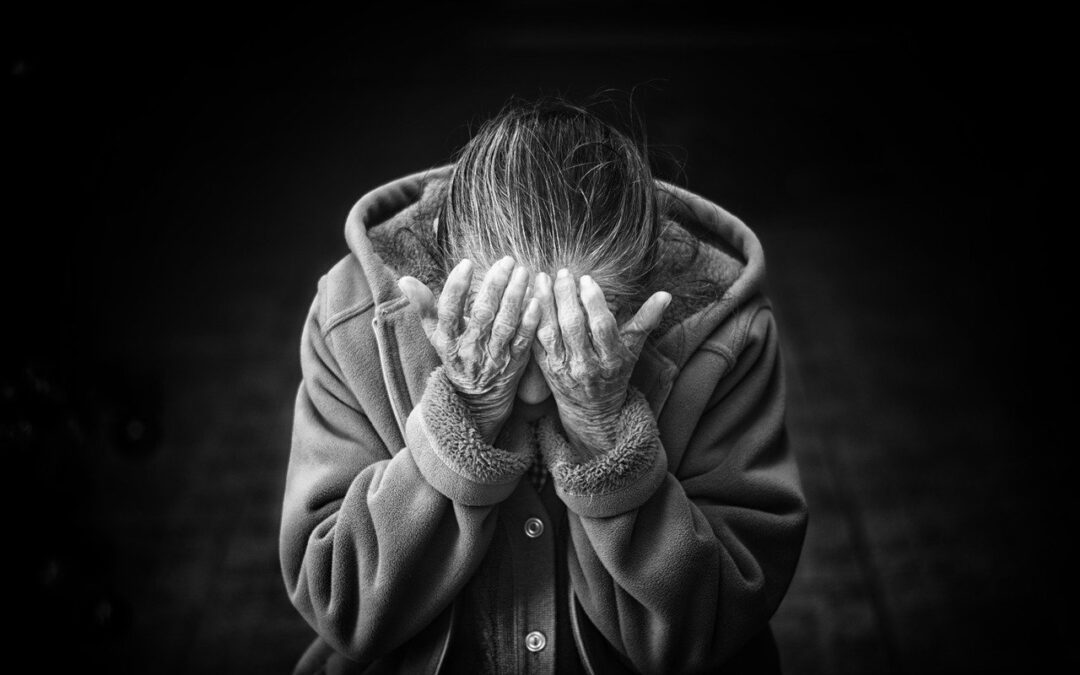
The Continuing Cycle of Grief
It’s been eleven years since my 4-year-old daughter died. Eleven years of traveling through this complicated journey of grief. To be sure, I have come a long way since those first agonizing days, weeks, months, and years. My life looks and feels very different now. I have come to terms with the devastation, pain, and longing. My personal growth is evident. I am reinvested in life and try to embrace all the goodness it has to offer.
And yet, I will never be free from grief’s treacherous clutches.
I learned this truth many years ago. After years of fighting against the unbearable pain of losing my daughter, I finally surrendered to it. Now don’t get me wrong, surrendering to grief doesn’t mean I was somehow okay with her death. The loss of my daughter is too traumatic; too unbearable to “move on” from and “get over.”
Surrendering to grief meant I accepted the fact that my grief – and all the uncomfortable emotions that come with it – will never fully go away. So there is no point in spending all of my energy and focus on trying to repress those feelings or rage against them. It will always be a losing battle. And, in fact, it just ends up making those feelings more intense.
Once I surrendered to that reality, I was finally able to begin the challenging work to transform my grief—and my life.
Surrendering to grief meant choosing to stop focusing on her death and all the pain it caused. Fixating on the details of her death and the devastating aftermath had kept me stuck in a state of anguish, anger, and hopelessness.
Instead, I chose to focus on her brief life, the love and joy she gave me, and the intense love I will always feel for her. With a lot of diligent, hard work that included support groups, individual therapy, writing, and expressing my feelings, I gained emotional strength and motivation. I was finally able to give myself permission to allow happiness, hopefulness, and even gratitude back into my life. And each year since, grief has loosened its grip on my day-to-day life.
But every year, there is a predictable trigger when grief envelops me once again. Each September, I am faced with my daughter’s birthday and the anniversary of her death.
At the beginning of the month we celebrate her “would have been” birthday without her. We try to make the event joyful. We eat cake and release live ladybugs (which she loved) in her honor. But the fact is she’ll never again blow out birthday candles or open presents. Her birthday is a difficult reminder that we’ve lost another year of watching her grow. We’ve lost the hopes and dreams we had for her. And the pleasure of watching her chase her own hopes and dreams.
The end of the month marks the anniversary of the day she died. That day of horror which is forever seared in my memory. Over the course of the month, I can physically feel the grief tightening around my body. As it grips my stomach, I often feel nauseous. Then it travels up to my chest and neck; squeezing as it goes which makes it hard to breathe at times. It leaks out of my eyes. It clouds my mind and leaves me with headaches and foul moods. I often lose my patience and feel frustrated or even angry at the most ordinary things. It makes my muscles ache and leaves me feeling exhausted all of the time.
And even though I expect it every year like clockwork, there is simply nothing I can do to prepare for it or make it any easier.
Every September, I am immersed in those old feelings of anguish, anger, and hopelessness. For no matter how far I’ve come in my journey of healing my grief, the destination is never going to be the one I want. Because the destination will never include a future with my daughter in it. At least not in the way I long for.
Yes, my daughter is still present in my life and I think of her lovingly every day. But she is forever frozen in time; just a handful of memories I cherish. Memories whose color and detail will fade over time as my mind ages. And that reality crushes my soul during times like this.
I know this wave of grief will pass. I can already sense it starting to loosen its grip once again.
And I will go on living my life, enjoying it, and making the most of it. That is, until next September rolls around again. That is simply the continuing cycle of grief years after such a devastating loss. It is a reality I have no choice but to live with.






 This website was inspired by the memory of Margareta Sol Kubitz in hopes of helping others work through the pain of grief.
This website was inspired by the memory of Margareta Sol Kubitz in hopes of helping others work through the pain of grief.